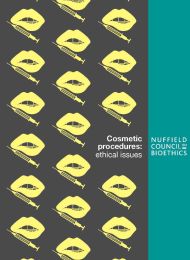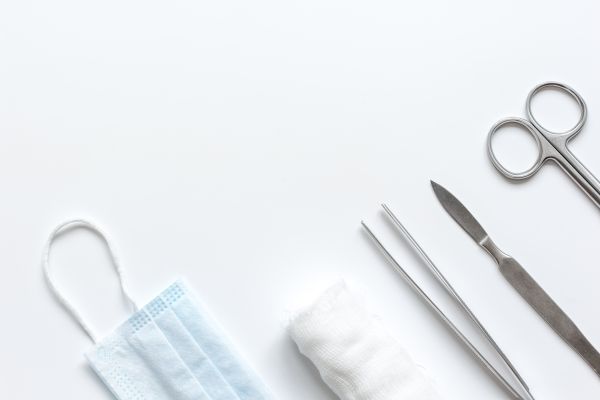Cosmetic procedures: ethical issues
Report
Published 22/06/2017

Current regulation of cosmetic procedures
The complex network of stakeholders involved in the production, provision, and marketing of cosmetic products and procedures is governed by a patchwork of regulatory measures. Action in response to the 2013 Keogh report has remedied some, but not all, of the identified regulatory gaps and flaws. There are ongoing challenges of enforcement, and limited means of redress for poor outcomes, unless negligence can be demonstrated.
Controls on practitioners: there are few limits in law on who may provide cosmetic procedures. In particular, there are no controls on who may provide non-surgical procedures (such as botox and fillers), other than limitations on access to prescription medicines, and on procedures in the mouth. Professional regulation therefore plays an important role.
Developments since the Keogh report include:
- updated guidance for doctors by both the General Medical Council and the Royal College of Surgeons;
- a voluntary certification scheme for surgeons working in the cosmetic sector; and
- progress in establishing a voluntary register of practitioners who meet required standards to perform nonsurgical procedures.
Controls over premises: the Care Quality Commission (CQC) regulates private clinics and hospitals in England that provide cosmetic surgery, but not those that provide only non-surgical procedures. The CQC’s remit extends to how clinics are run (for example with respect to recruitment, record-keeping, and equipment), but not to the actual quality of care provided.
Controls over products: devices and equipment marketed for non-medical purposes, such as many dermal fillers and implants, have historically been excluded from regulation within the EU but will be included from 2020 under the Medical Devices Regulation 2017. How they will be regulated in the UK after Brexit, and what assessment criteria will be used in the UK and EU member states, is unknown.
Limits on access to procedures: There are no statutory controls over access to cosmetic procedures by young people, although statutory minimum age-limits of 18 apply for other appearance-related procedures such as tattoos and sunbed use. There is legal uncertainty about the extent to which some of the procedures marketed as female genital cosmetic surgery (such as labiaplasty) may be prohibited by the Female Genital Mutilation Act 2003.
Advertising and marketing is subject to self-regulation by the Advertising Standards Authority (ASA) and the Committees of Advertising Practice which require marketing communications to be “legal, decent, honest and truthful”, and “prepared with a sense of responsibility to consumers and to society”. The ASA’s remit includes commercial advertising online and in social media, but does not cover unsolicited endorsements in tweets or blogs, or images shared by social media users.
The Human Rights and Equality Act 2010 prohibits discrimination relating to “protected characteristics” such as age, gender and disability (including severe disfigurement). Appearance-related discrimination could fall under the Act if it was related to a protected characteristic.

Share